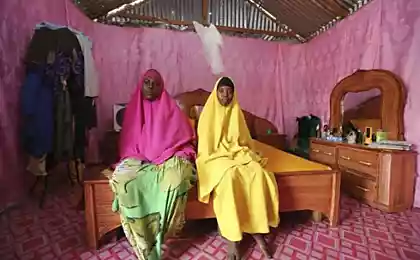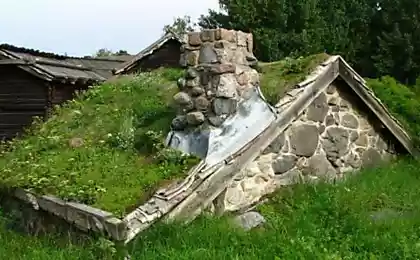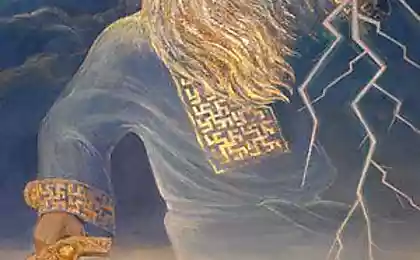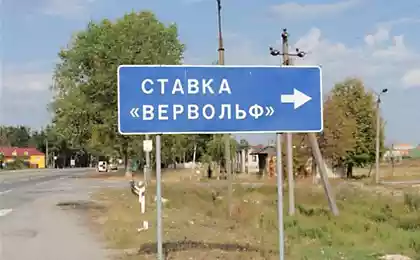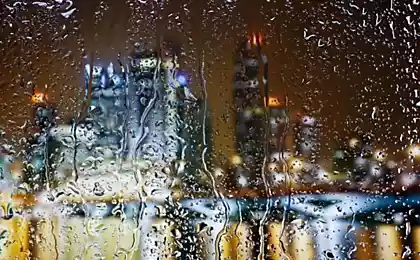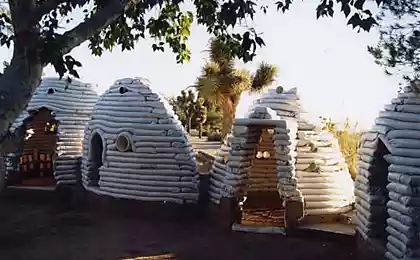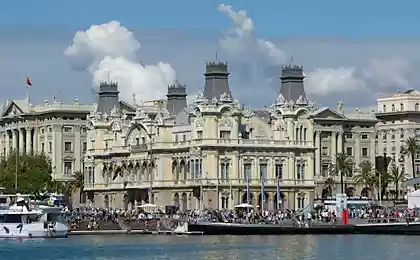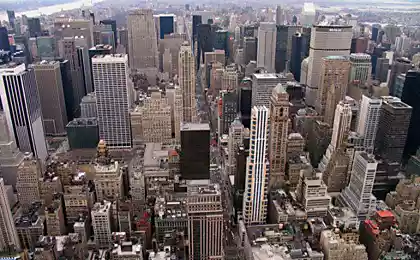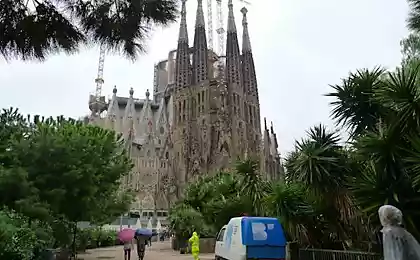834
10 facts about the people who live underground
Few people come to mind that under the streets of big cities, there are entire communities living permanently underground. The site publishes an overview of the unique underground communities.
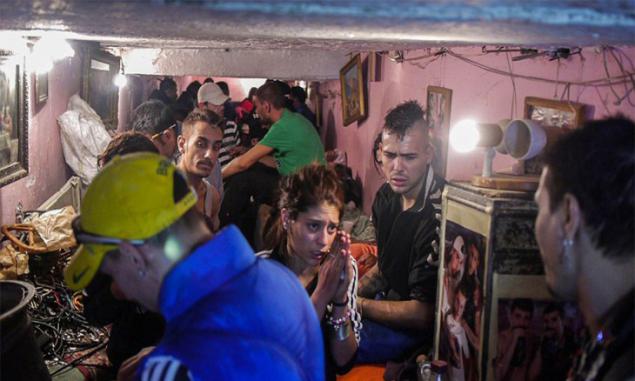
Invited to the Bucharest underground describe it as a parallel universe, where wandering abandoned children, full of picked up on the street dogs and cats, where there is not the slightest problem with the electricity, light floods the corridors around the clock, where the rattle of club music stereos, and underfoot even have artificial grass . Citizens of Bucharest not only know what is happening at the bottom, but many have praised Bruce Lee.
After the ban on contraception and abortion in 1966, orphans and tramp flooded streets. Bruce Lee not only took these children in the streets, it has provided shelter for those who otherwise would be cold in the winter, or was the victim of a maniac. Bruce even pays for the protection of the local band, so that they ensure the safety of his children.
2. Ulaanbaatar, Mongolia MongoliyaKogda shifted from socialism to capitalism, many citizens were left without shelter and work. Since winter in Ulan Bator, the temperature often drops to -34 degrees Celsius, about 4,000 abandoned children and some adults find refuge in the sewage system, where the hot water pipe.
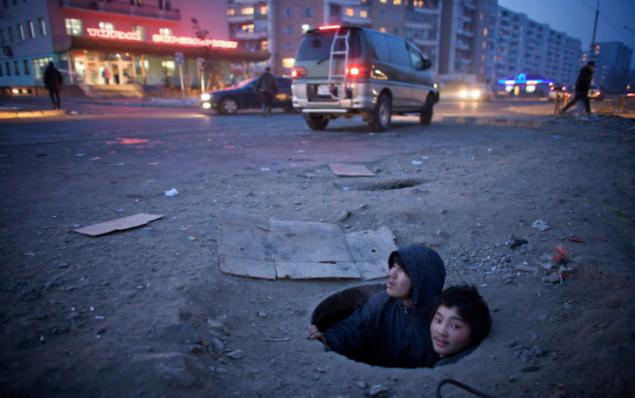
Thanks to the work of international volunteer groups, many of the children have been rescued from the sewer, but adults, which became the home of the tunnels under the city, still live there. Witnesses describe the inhabitants of the underground shelter as a rogue, who spend their days behind raspivaniem very strong Mongolian vodka, and then in a drunken stupor trying to find food.
3. Kazan, the Russians during the investigation of the attack on the Muslim spiritual leader of Tatarstan Ildus Fayzova police found the 8-level bunker under one of the city's mosques Kazan. Under the land was Islamic sect of the 27 children and 38 adults living like monks in their cells. Many of these children were kept in unheated rooms, never saw a doctor, did not go to school and have not even seen the light of day.
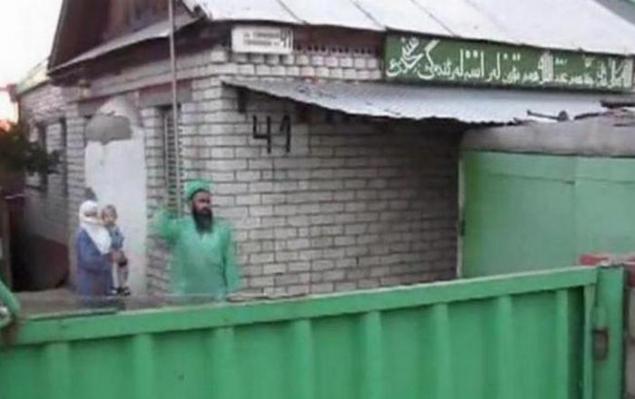
The bunker was the brainchild of 83-year-old leader of the sect Fayzrahmana Satarov. Allegedly in the mid-1960s, he noticed sparks from the trolley cable Satarov interpreted them as divine intervention. He declared himself a prophet of Islam and built a bunker in a religious school. Following the discovery of an underground sect Satarov refused to leave their underground Islamic state, but in the end the bunker was destroyed and children to provide medical assistance and proper care.
4. Yan'an, KitayBlagodarya loose loess soil in Yanan China more than 30 million Chinese farmers have returned to the cave life. They pull themselves cave dwellings in the ground or in the hollow of the rocks. While more complex cave reinforce brickwork, ordinary caves on one or two people (called yaodongs) represent a vaulted room dug into the mountainside. Their entrances are draped rice paper and blankets, the walls plastered with lime white and decorated with pictures and clippings from magazines. Many caves are inheritable, and transmitted from one generation to another.
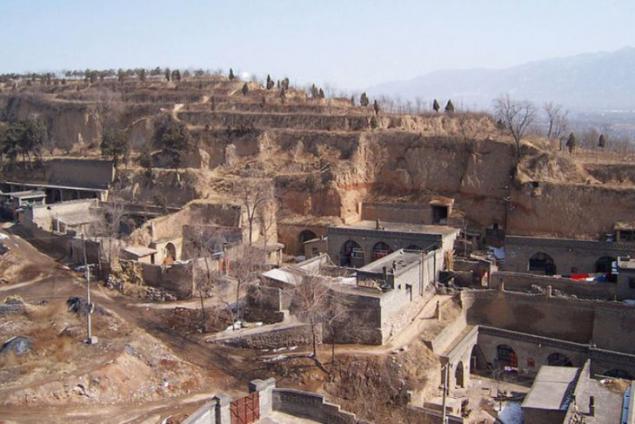
5. Paris FrantsiyaParizhskie catacombs, also known as "the empire of the dead" - a huge 320-kilometer underground cemetery. This place is the last resting place for more than six million people. During the exercises near the Palais de Chaillot Paris police stumbled on the headquarters of the secret society, which was equipped with electricity, telephone and even restaurants to movie theaters. On the ceiling was painted with swastikas, Celtic crosses and stars of David.
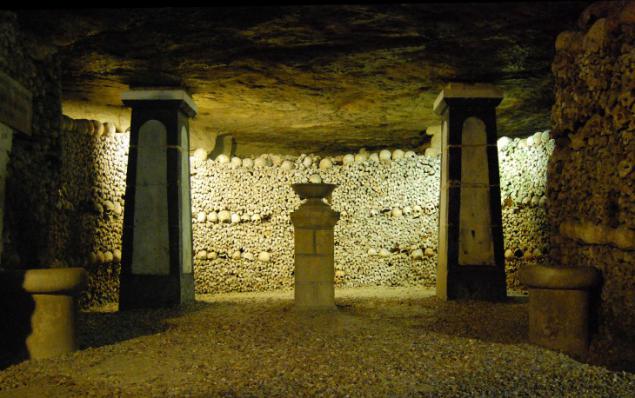
The first tunnel, police found a video camera, recording all incoming and automatically includes the entry of dogs barking, which was to frighten off accidentally caught in the tunnel people. The tunnel led to a 18-meter cave, which was equipped with a cinema screen, seats, carved in the rock, projection equipment and a collection of a variety of films. The lower cave, located nearby, was a restaurant and bar, fully equipped with furniture. When the police came back a few days to explore the source of electricity, it was discovered that the power cables and telephone lines were dismantled, and in the middle of the cave on the floor lay a mysterious note: "Do not try to find us».
6. Moscow, the Russians Moscow under the former Cherkizovsky market, which was closed in 2009, a police raid discovered 260 illegal workers living in the underground communications. Most of them were Vietnamese. We lived there and immigrants from the former Soviet republics of Tajikistan, Uzbekistan and Kyrgyzstan. Migrants had to work in hellish conditions almost for nothing. Since they were in the country illegally, and money to rent an apartment in Moscow, was not, workers were forced to live and build the local community in the tunnels. Under the former market found a small sewing shop, a casino, a cafe, a chicken coop and even improvised theater.
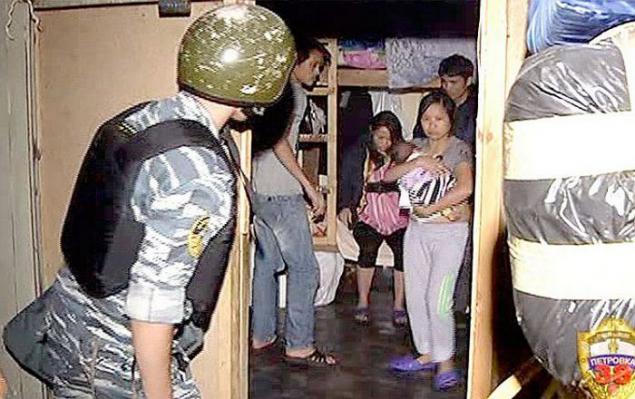
7. New Kingston, New Kingston YamaykaV dungeons, where tourism is thriving, has settled society marginalized people forced to live in the sewers solely because of their sexual orientation. Given that 85 percent of the citizens of Jamaica oppose legalizing same-sex marriages in this country homophobia is a cultural norm. As a result, people are exposed to a non-standard orientation harassment, violence and even murder. They even carried out police raids. Although sewers often floods during rainstorms, the local LGBT community on the surface of a face death.
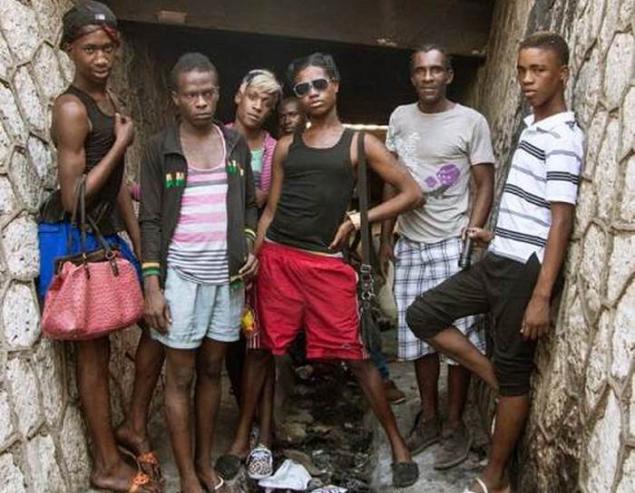
8. Las Vegas NevadaPod buildings, neon-lit, under the feet of the endless hordes of tourists that dot the streets of Las Vegas, there are 320 km of stormwater tunnels that about 1,000 people call home. In a separate room area of 37 square meters double beds, lockers, showers, and on the walls hang reproductions of paintings and bookshelves. We should clarify that all this is on the concrete slabs lying on the floor, because the tunnels are constantly semiflooded. The whole system of tunnels looks like one big art gallery, whose walls are covered with graffiti complicated.
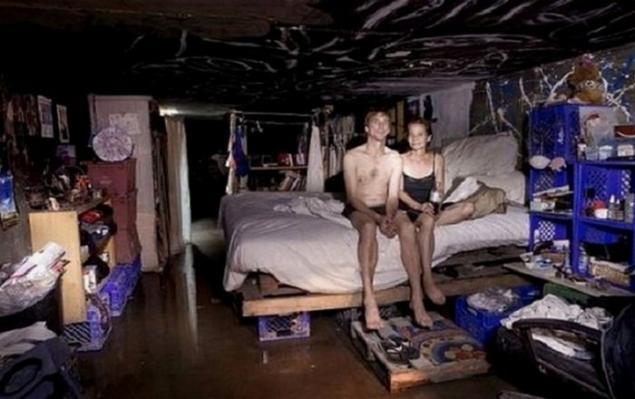
9. Mount Hebron PalestinaOkolo 1,000 Palestinians live in the caves of Mount Hebron, as scientists believe, have for centuries. They represent a self-sufficient society, it exists because of agriculture. For centuries, they produce milk and cheese for personal use, and for trade with the surrounding countryside. There are no paved roads, and the locals travel on foot or riding donkeys. Cavemen have no running water, no electricity, and health services or education they receive through donations unless the residents of nearby villages. Unfortunately, many people being kicked out of the caves, which previously belonged to their ancestors.
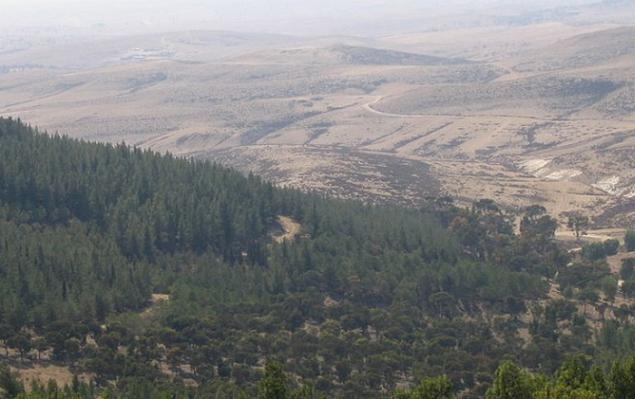
10. Shoyna, RossiyaNebolshoy Shoyna Russian village, located on the shore of the White Sea, was built in 1930 as a base for the fishing fleet. However, fishing using trawls has led to the destruction of benthic vegetation, which is why in the 1950s, the wind began to spread around the neighborhood namyvali sold thousands of tons of sand.
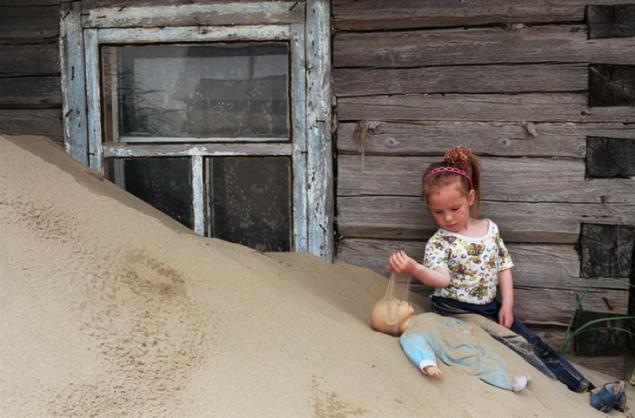
Entire buildings were soon buried under the sand dunes, and by the 1980s, most of the village disappeared under the sand. Shoyna population decreased from 2,000 to 375 people, the majority of which fall into their homes through the attic or hatches, cut in the roof. Unearth the house out from under drifts multimeter is meaningless because it again puts.
via www.novate.ru/blogs/090815/32473/

Invited to the Bucharest underground describe it as a parallel universe, where wandering abandoned children, full of picked up on the street dogs and cats, where there is not the slightest problem with the electricity, light floods the corridors around the clock, where the rattle of club music stereos, and underfoot even have artificial grass . Citizens of Bucharest not only know what is happening at the bottom, but many have praised Bruce Lee.
After the ban on contraception and abortion in 1966, orphans and tramp flooded streets. Bruce Lee not only took these children in the streets, it has provided shelter for those who otherwise would be cold in the winter, or was the victim of a maniac. Bruce even pays for the protection of the local band, so that they ensure the safety of his children.
2. Ulaanbaatar, Mongolia MongoliyaKogda shifted from socialism to capitalism, many citizens were left without shelter and work. Since winter in Ulan Bator, the temperature often drops to -34 degrees Celsius, about 4,000 abandoned children and some adults find refuge in the sewage system, where the hot water pipe.

Thanks to the work of international volunteer groups, many of the children have been rescued from the sewer, but adults, which became the home of the tunnels under the city, still live there. Witnesses describe the inhabitants of the underground shelter as a rogue, who spend their days behind raspivaniem very strong Mongolian vodka, and then in a drunken stupor trying to find food.
3. Kazan, the Russians during the investigation of the attack on the Muslim spiritual leader of Tatarstan Ildus Fayzova police found the 8-level bunker under one of the city's mosques Kazan. Under the land was Islamic sect of the 27 children and 38 adults living like monks in their cells. Many of these children were kept in unheated rooms, never saw a doctor, did not go to school and have not even seen the light of day.

The bunker was the brainchild of 83-year-old leader of the sect Fayzrahmana Satarov. Allegedly in the mid-1960s, he noticed sparks from the trolley cable Satarov interpreted them as divine intervention. He declared himself a prophet of Islam and built a bunker in a religious school. Following the discovery of an underground sect Satarov refused to leave their underground Islamic state, but in the end the bunker was destroyed and children to provide medical assistance and proper care.
4. Yan'an, KitayBlagodarya loose loess soil in Yanan China more than 30 million Chinese farmers have returned to the cave life. They pull themselves cave dwellings in the ground or in the hollow of the rocks. While more complex cave reinforce brickwork, ordinary caves on one or two people (called yaodongs) represent a vaulted room dug into the mountainside. Their entrances are draped rice paper and blankets, the walls plastered with lime white and decorated with pictures and clippings from magazines. Many caves are inheritable, and transmitted from one generation to another.

5. Paris FrantsiyaParizhskie catacombs, also known as "the empire of the dead" - a huge 320-kilometer underground cemetery. This place is the last resting place for more than six million people. During the exercises near the Palais de Chaillot Paris police stumbled on the headquarters of the secret society, which was equipped with electricity, telephone and even restaurants to movie theaters. On the ceiling was painted with swastikas, Celtic crosses and stars of David.

The first tunnel, police found a video camera, recording all incoming and automatically includes the entry of dogs barking, which was to frighten off accidentally caught in the tunnel people. The tunnel led to a 18-meter cave, which was equipped with a cinema screen, seats, carved in the rock, projection equipment and a collection of a variety of films. The lower cave, located nearby, was a restaurant and bar, fully equipped with furniture. When the police came back a few days to explore the source of electricity, it was discovered that the power cables and telephone lines were dismantled, and in the middle of the cave on the floor lay a mysterious note: "Do not try to find us».
6. Moscow, the Russians Moscow under the former Cherkizovsky market, which was closed in 2009, a police raid discovered 260 illegal workers living in the underground communications. Most of them were Vietnamese. We lived there and immigrants from the former Soviet republics of Tajikistan, Uzbekistan and Kyrgyzstan. Migrants had to work in hellish conditions almost for nothing. Since they were in the country illegally, and money to rent an apartment in Moscow, was not, workers were forced to live and build the local community in the tunnels. Under the former market found a small sewing shop, a casino, a cafe, a chicken coop and even improvised theater.

7. New Kingston, New Kingston YamaykaV dungeons, where tourism is thriving, has settled society marginalized people forced to live in the sewers solely because of their sexual orientation. Given that 85 percent of the citizens of Jamaica oppose legalizing same-sex marriages in this country homophobia is a cultural norm. As a result, people are exposed to a non-standard orientation harassment, violence and even murder. They even carried out police raids. Although sewers often floods during rainstorms, the local LGBT community on the surface of a face death.

8. Las Vegas NevadaPod buildings, neon-lit, under the feet of the endless hordes of tourists that dot the streets of Las Vegas, there are 320 km of stormwater tunnels that about 1,000 people call home. In a separate room area of 37 square meters double beds, lockers, showers, and on the walls hang reproductions of paintings and bookshelves. We should clarify that all this is on the concrete slabs lying on the floor, because the tunnels are constantly semiflooded. The whole system of tunnels looks like one big art gallery, whose walls are covered with graffiti complicated.

9. Mount Hebron PalestinaOkolo 1,000 Palestinians live in the caves of Mount Hebron, as scientists believe, have for centuries. They represent a self-sufficient society, it exists because of agriculture. For centuries, they produce milk and cheese for personal use, and for trade with the surrounding countryside. There are no paved roads, and the locals travel on foot or riding donkeys. Cavemen have no running water, no electricity, and health services or education they receive through donations unless the residents of nearby villages. Unfortunately, many people being kicked out of the caves, which previously belonged to their ancestors.

10. Shoyna, RossiyaNebolshoy Shoyna Russian village, located on the shore of the White Sea, was built in 1930 as a base for the fishing fleet. However, fishing using trawls has led to the destruction of benthic vegetation, which is why in the 1950s, the wind began to spread around the neighborhood namyvali sold thousands of tons of sand.

Entire buildings were soon buried under the sand dunes, and by the 1980s, most of the village disappeared under the sand. Shoyna population decreased from 2,000 to 375 people, the majority of which fall into their homes through the attic or hatches, cut in the roof. Unearth the house out from under drifts multimeter is meaningless because it again puts.
via www.novate.ru/blogs/090815/32473/
7 horrifying facts about the sacrifices were for the beauty of the women of the past
The scent of rosemary increases the storage capacity by 75%

